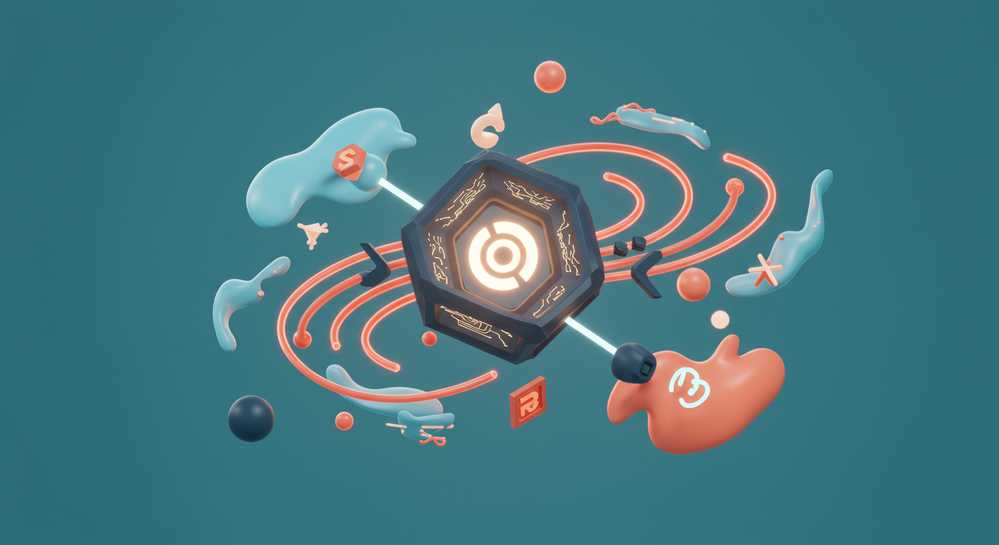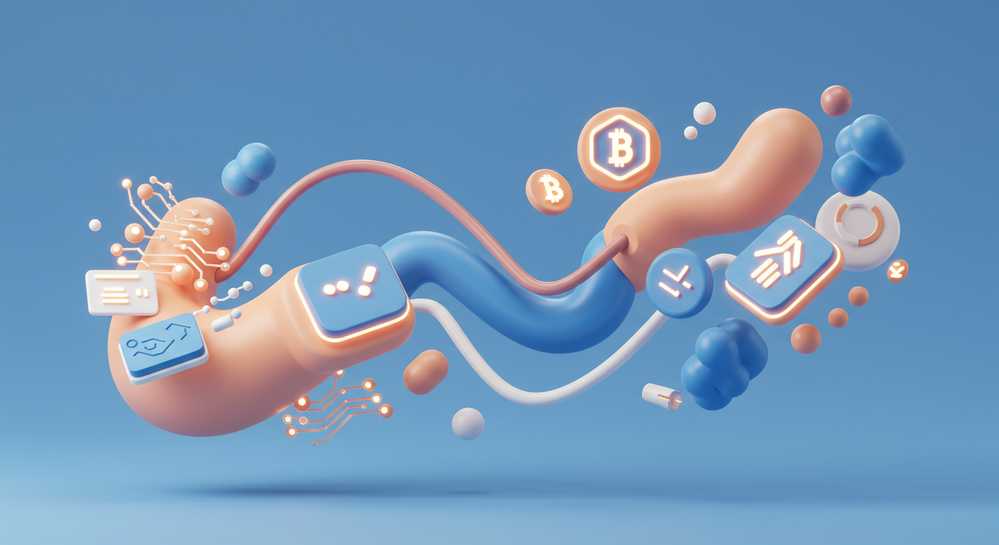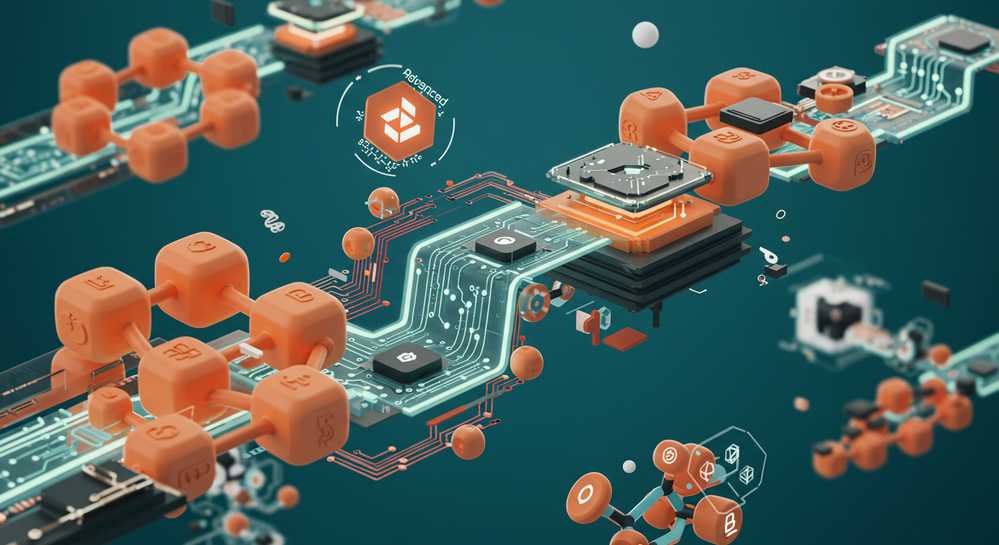The blockchain landscape is rapidly evolving, with Solana emerging as a leading platform known for its high throughput and low transaction costs. For developers eager to build decentralized applications (dApps) on this powerful network, understanding what is Solana programming language is the first crucial step. This guide will delve into the fundamental languages, development frameworks, and architectural principles that underpin Solana’s robust ecosystem, empowering you to navigate its unique programming environment. We will explore how smart contracts, known as programs, function and interact within Solana’s innovative structure.
Table of Contents
The Foundation: Rust and the Solana Architecture

The core of Solana’s on-chain development centers around Rust, establishing it as the primary Solana programming language. Developers write smart contracts, referred to as “programs,” in Rust. These programs are then meticulously compiled into Berkeley Packet Filter (BPF) bytecode, which the Solana Virtual Machine (SVM) executes. This low-level compilation is fundamental for achieving Solana’s unparalleled transaction throughput and operational efficiency.
Rust’s selection is strategic, with its robust features directly aligning with Solana’s architectural demands. Its performance, comparable to C/C++, ensures rapid execution vital for high-frequency operations. Furthermore, Rust’s unique ownership and borrowing system guarantees memory safety, significantly reducing common vulnerabilities found in other blockchain environments. This enhances the overall security and reliability of decentralized applications.
Concurrency stands as another cornerstone. Rust’s capabilities enable efficient parallel processing, a key component of Solana’s innovative Sealevel runtime. This allows multiple transactions and programs to execute simultaneously without conflicts, distinguishing Solana from many sequential blockchain models. Understanding this foundation is essential for anyone exploring the future of decentralized finance and applications, including emerging trends like meme coins on Solana.
Developing on Solana: Tools and Ecosystem
While Rust is the core Solana programming language, a robust ecosystem of tools simplifies development. These resources abstract low-level complexity, enabling developers to focus on application logic. Mastering these tools is crucial for efficient decentralized application (dApp) creation and to undefined built on Solana.
Essential tools for Solana developers include:
- Solana SDKs: Client-side libraries (TypeScript, Python, Rust) facilitate blockchain interaction, transaction creation, and data fetching.
- Anchor Framework: This opinionated framework for Solana’s Sealevel runtime simplifies robust program writing. It abstracts Rust, manages boilerplate, and automates account validation.
- CLI Tools: The Solana Command Line Interface is vital for wallet management, program deployment, and direct network interaction.
Anchor’s Impact on Solana Development
Anchor significantly enhances the developer experience through key advantages:
- Reduces Boilerplate: Automatically generates program interfaces and client-side code.
- Improves Security: Built-in checks and validations mitigate common vulnerabilities.
- Streamlines IDL Generation: Creates an Interface Description Language (IDL) for seamless client interaction.
Program Design and Interaction on Solana

Designing effective programs on Solana demands a deep understanding of its unique account model and instruction-based execution. Unlike Ethereum, where smart contracts directly hold state, Solana programs are inherently stateless. All data resides within accounts, and programs, often written in the Rust Solana programming language, execute specific instructions to interact with these accounts. This fundamental distinction underpins Solana’s impressive scalability and robust security framework.
Key aspects of Solana program design include:
- Stateless Programs: Programs do not store their own data. They receive necessary data through accounts passed into their instructions, separating code from state for easier upgrades and auditing.
- Instruction Processing: Programs define a set of instructions they can process. Each instruction specifies required accounts and data for an action, such as a “transfer” needing sender, receiver, and amount.
- Cross-Program Invocation (CPI): Solana programs can seamlessly call other programs. This enables modular, composable dApps, crucial for building complex protocols and driving undefined.
The Importance of Account Management
Proper account management is paramount for secure and efficient Solana development:
- Account Ownership: Each account is owned by a specific program. Only the owning program can modify data within its designated accounts.
- Rent Exemption: Accounts holding sufficient SOL to cover indefinite storage are “rent-exempt.” Otherwise, they must pay rent or risk deallocation, promoting efficient data storage.
- Signing and Permissions: Transactions require signatures from authorized accounts. Programs enforce these permissions, ensuring secure interactions and safeguarding assets.
Advanced Concepts and Best Practices

Mastering advanced concepts and best practices is crucial for building robust, secure Solana dApps. This involves understanding transaction limits, managing computational units, and optimizing on-chain efficiency. Developers must design programs that are functional, economical, and resilient within Solana’s unique execution environment.
Consider these advanced aspects:
- Transaction Limits and Fees: Solana transactions have fixed size limits, consuming computational units (CUs). Efficient design minimizes CU usage and size, reducing costs and ensuring execution.
- Program Upgradability: Solana programs are upgradable, allowing bug fixes or feature additions without data migration. Secure upgrade authority management is essential.
- Security Audits and Best Practices: Blockchain code’s immutability demands thorough security audits. Defensive programming, input validation, and secure private key handling protect user assets.
Optimizing for Solana’s Performance
To fully leverage Solana’s speed, developers must implement specific optimization strategies. These practices ensure programs run smoothly and cost-effectively.
- Minimize Account Data Access: Accessing large accounts increases fees and processing time. Design programs to access only necessary data.
- Batch Instructions: Combine multiple operations into a single transaction to reduce overhead and improve efficiency.
- Utilize Off-Chain Solutions: For heavy computation or large data storage, consider off-chain solutions like IPFS or Arweave. Settle only critical state changes on-chain.
In summary, understanding what is Solana programming language fundamentally means grasping the pivotal role of Rust, the innovative stateless program model, and the robust developer tools like Anchor. Solana offers a high-performance environment for building scalable dApps, driven by its unique architectural choices. Embracing these core concepts empowers developers to unlock the full potential of this blockchain, contributing to a new generation of decentralized applications. Leverage these insights to build and innovate effectively with Sol Trading Bot.
